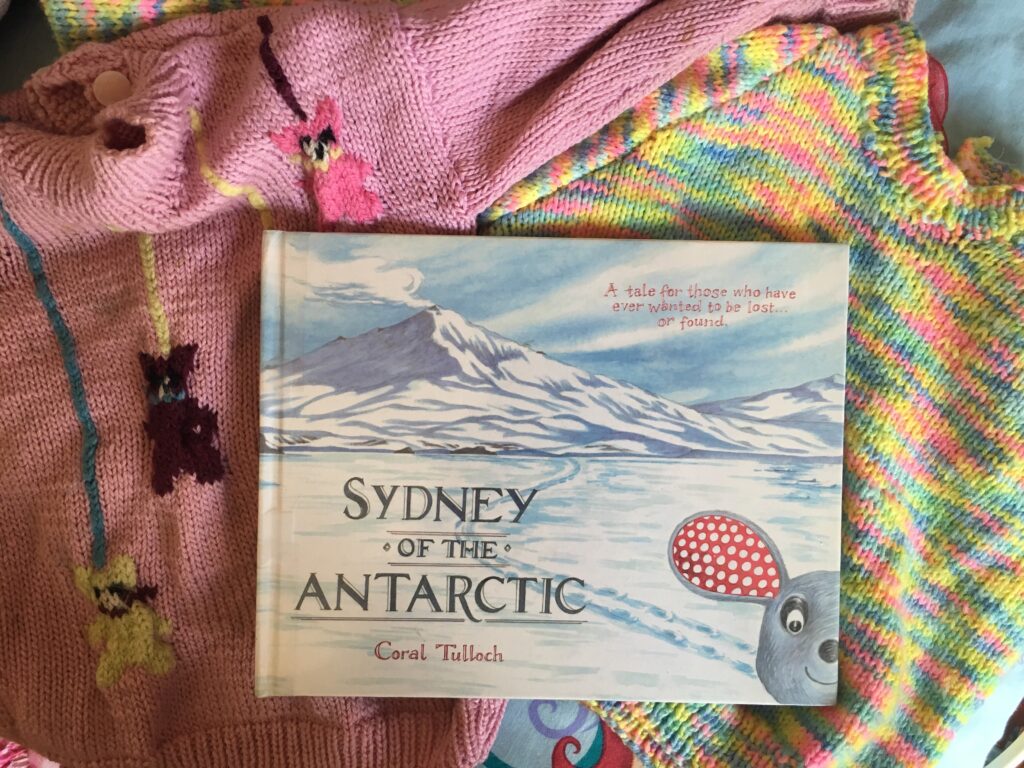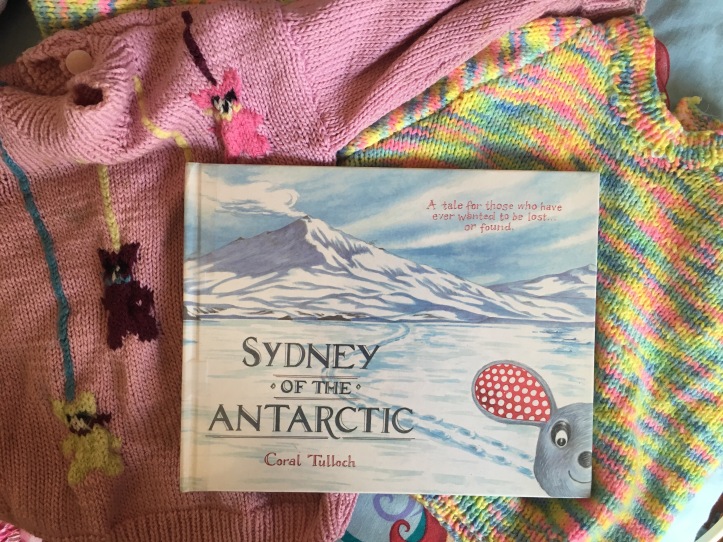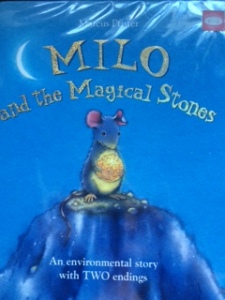Is it fair to say that everyone can fulfil their dreams?
What are ten things you could definitely not do in Antarctica?
Where would your stuff toy go if it had the chance?
Sydney of the Antarctic by Coral Tulloch is a beautifully written story about a young mouse’s adventure to Antartica aboard a giant Russian icebreaker. As you read along you will learn about the animals, places and Researchers of Antartica.
Sydney, a stuffed mouse and beloved friend has always dreamed of travelling and a life full of adventure. His dreams finally come true and he has the time of his life until he is accidentally forgotten.
Based on a true story, your child will delight in knowing that their favourite stuffed toy has dreams and hopes too.
How does this link to the environment and sustainability?
- Knowledge of different types of environments around the world is vital. We need to know how other animals and people exist in different climates. Explore more about Antarctica. Discover the types of animals that are seen in the book and find out why they live there. Could they live in your home climate? Discuss why.
- Identify iconic landscapes within antarctica. Why are these different places significant? Focus on Ross Island to find out more about what goes on there.
- Compare temperature charts between Antarctica and your home town. Compare ice mass, wind speeds and hours of sunlight.
- Write a diary imagining you are aboard an icebreaker. How many hours of sun would you have depending on the time of year? What would you do? What would you wear and eat? Research life on an ice breaker and then on a research station.
- Find out about explorers and scientists who have worked in Antarctica. What have their discoveries told us?
This book would work very well with any Geography unit.
Please contact me for any further assistance in using this book as part of your unit!
Curriculum Links
Different types of landscapes and their distinctive landform features



